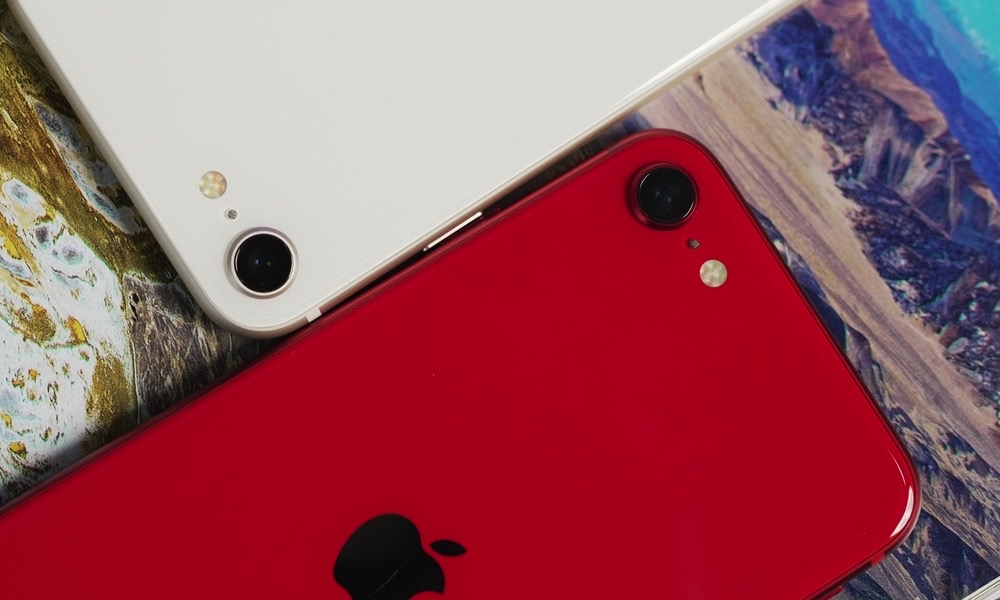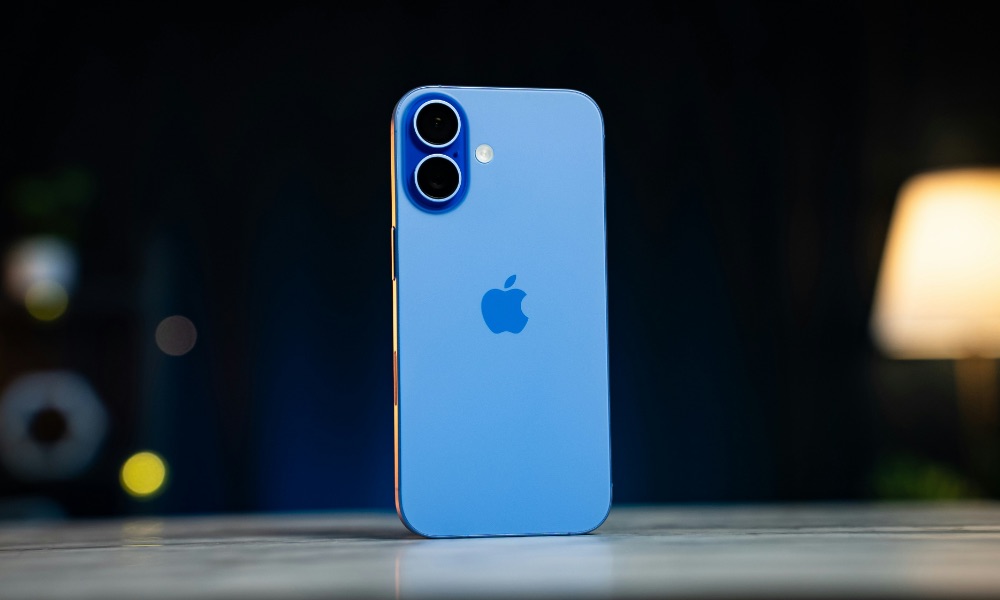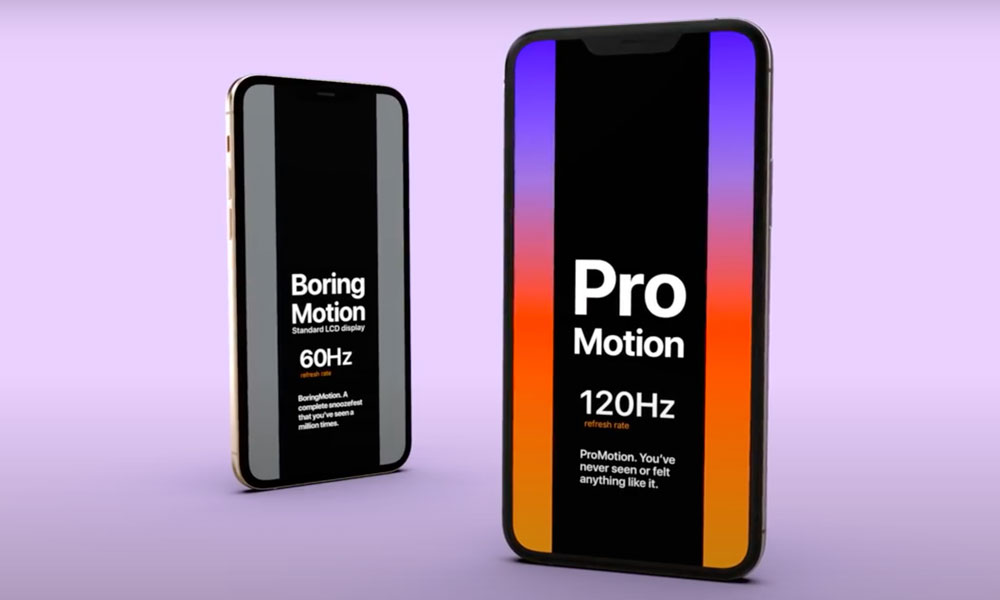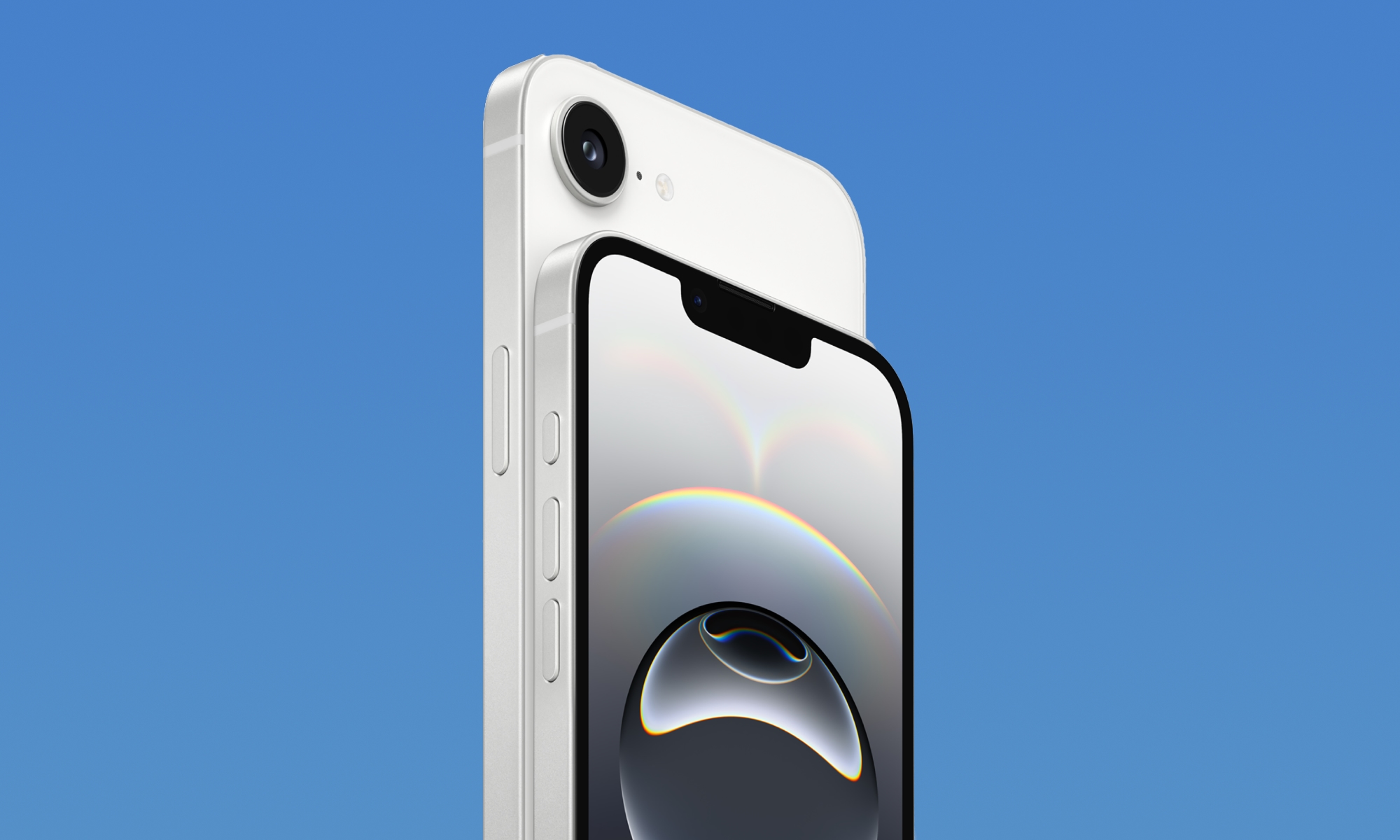The iPhone 16e Effect: How Apple’s Budget iPhone Could Elevate the Entire Lineup
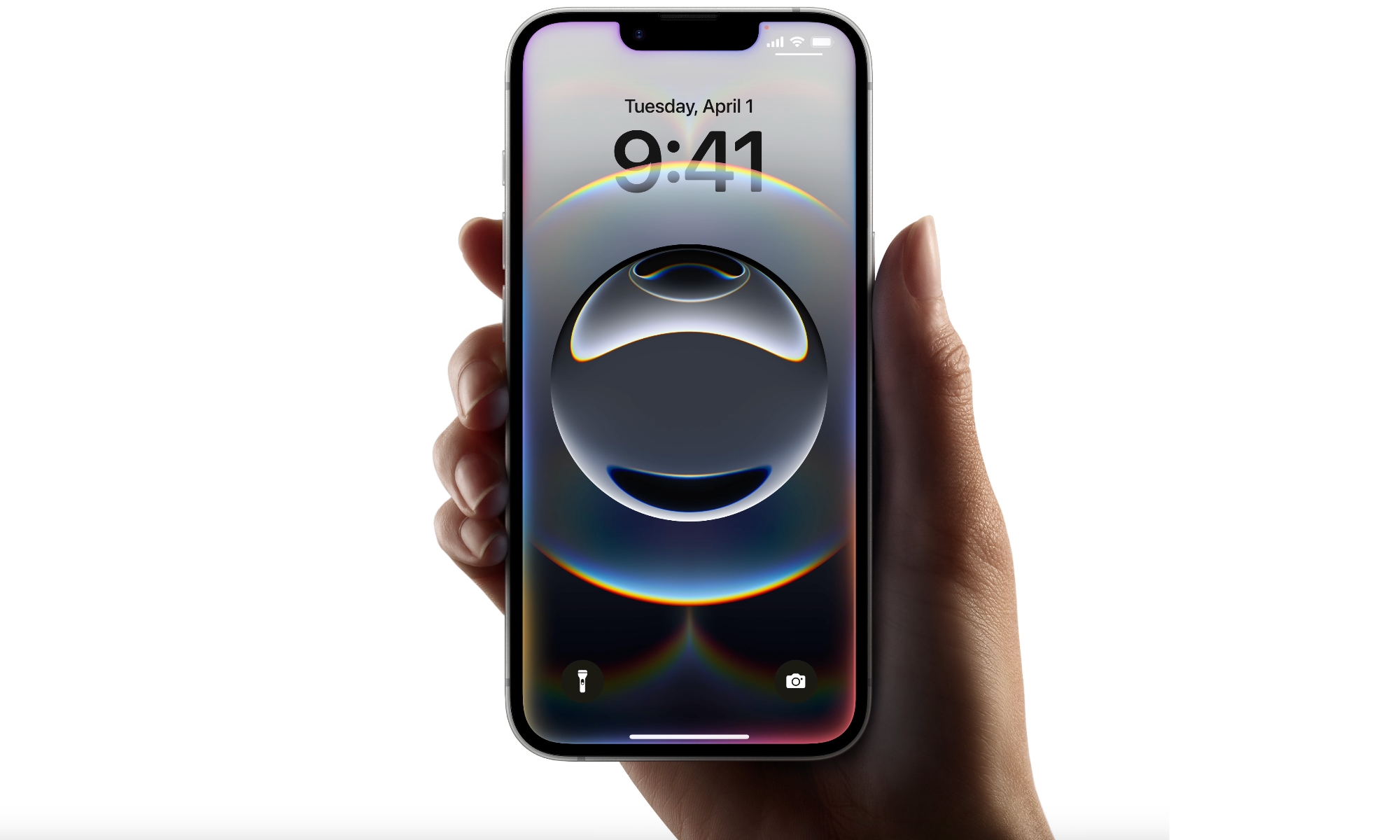
Toggle Dark Mode
To paraphrase Shakespeare, an iPhone 16e by another name would be just as unusual of an entry in Apple’s product lineup. After all, what’s in a name?
In this case, there may be quite a bit. Apple’s decision to give the successor to the longstanding iPhone SE lineup a new name represents more than just a new brand.
To be clear, the iPhone 16e is still an iPhone SE in concept. It mostly follows Apple’s standard SE playbook of taking a 2.5-year design and adding the latest A-series chip. However, it also differs from the iPhone 14 by switching out the dual camera system for a much better 48MP Fusion camera, adopting a USB-C port, and adding the Action button.
While the USB-C port is merely a sign of the times, Apple’s decision to go with its leading-edge single-lens camera technology and add the Action button helps justify making it a full member of the iPhone 16 family. However, more than that, the new name suggests that Apple has bigger plans for the future.
Most analysts and pundits considered the iPhone SE to have a four-year product cycle. Apple broke that trend in 2022 with an iPhone SE model, but that was clearly an interim release — identical to its 2020 predecessor in every way except for the A15 chip and a new modem intended to bring all of Apple’s current iPhones into the 5G era.
Skipping over that 2022 release, most expected we’d see an iPhone SE 4 in 2024 based on the iPhone 13. When that didn’t materialize, the next logical step was a 2025 model based on the iPhone 14. That’s partly what we got in the iPhone 16e, but there’s much more going on here
Apple’s choice to move to a generational name strongly suggests that it will move the “e-series” iPhone to a more frequent release cycle. Annual updates don’t seem out of the question here; rivals Google and Samsung have had their A-series and FE-series low-end models for years, making it odd that Apple had stayed out of that third-tier for as long as it has.
This means we could see an iPhone 17e in early 2026, and I think that’s probably going to be a good thing not because of what it represents for Apple’s budget phone (if you can call a phone with a $599 starting price a “budget” model), but for what it will do for the rest of the lineup.
For years, Apple’s standard iPhones languished behind the Pro models. The iPhone 12, iPhone 13, and iPhone 14 were all modest year-over-year upgrades, and even their silicon started to fall behind. The iPhone 13 had a binned A15 chip, and by the time the iPhone 14 came along, Apple wasn’t even trying to keep its standard models on par with its Pro versions; the iPhone 14 used the same A15 chip from the previous year’s iPhone 13 Pro, and the iPhone 15 followed suit with the A16 Bionic from the iPhone 14 Pro.
In 2022, Apple began debuting other new features solely on the Pro models. The iPhone 14 Pro got the Dynamic Island and a 48-megapixel camera first, and the Action button was initially exclusive to the iPhone 15 Pro. All those features eventually came to the standard models the following year, but it felt like Apple was getting into a destructive cycle of not taking its Pro iPhone models seriously enough.
After three years of this, the iPhone 16 was a breath of fresh air. For the first time in years, Apple’s standard iPhone felt like something special in its own right. It moved away from awkwardly placing two lenses in an iPhone Pro-style square camera bump to get a unique pill-shaped design that helped it stand apart.
It also gained a new A18 chip and the same Camera Control as the more expensive iPhone 16 Pro. The silicon was a small notch behind the A18 Pro found in Apple’s premium flagships, but at least it was the same generation of A-series chip and not one recycled from the year before.
Despite all these delightful changes, the iPhone 16 and iPhone 16 Plus have still been saddled with other arguably artificial limitations to keep the iPhone 16 Pro models set apart. Chief among these is a 60Hz fixed refresh rate display. That feels like an anachronism in today’s day and age when nearly every midrange Android phone boasts at least 90Hz — and most now offer 120Hz as a standard.
The OLED panel on the iPhone 16 is the one component that’s received minimal changes since it was first introduced on the iPhone 12. This year’s panel is brighter and dimmer — reaching 2,000 nits outdoors and one nit in the dark — but that’s about it, and it’s not enough to set it apart.
The iPhone 16e has the same OLED screen as the iPhone 14, which means only 1,200 nits of peak HDR brightness, but the resolution is essentially the same, and it’s still a 60Hz display. Most people won’t notice any difference between the iPhone 16e and iPhone 16 screens (beyond the choice to keep the notch on the lower-end model).
However, now that Apple has brought its lower-end iPhone into the family as a third tier, that will hopefully encourage the company to up its game on the standard models. After all, they have to do something to set themselves apart from the “e-series” — and that should be something more than what are effectively artificial limitations like omitting MagSafe, UWB support, and the latest Photographic Styles.
Some of those omissions on the iPhone 16e are undoubtedly helping Apple keep costs down, but Apple knows they also encourage more customers to pay $200 more for the full iPhone 16 experience. They’re slightly absurd limitations, but Apple had to find a few things to hold back.
However, if the iPhone 16e is the start of an annual refresh cycle, there’s a good chance Apple will try to raise the bar next year for both of its lower-end models.
In that case, the iPhone 17e could fill in some of these blanks while also pushing the iPhone 17 to improve. It will hopefully adopt a better display — ideally a full 120Hz OLED panel with always-on technology — and other new features that set it apart by doing more rather than forcing the new e-series to do less.
We’ve already heard reports that the iPhone 17 and iPhone 17 Air are expected to finally gain better OLED panels. While we typically take these reports with a massive dose of salt — we’ve heard them almost every year since the iPhone 14 was in the works — this may be the year it could actually happen. If so, it’s all thanks to the newest little member of the iPhone family pushing its older siblings to do better.


